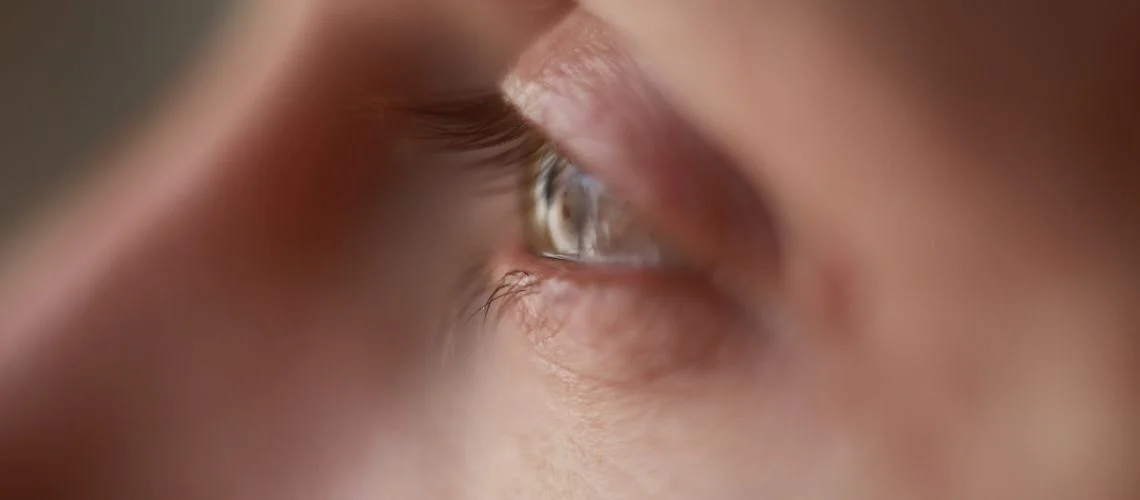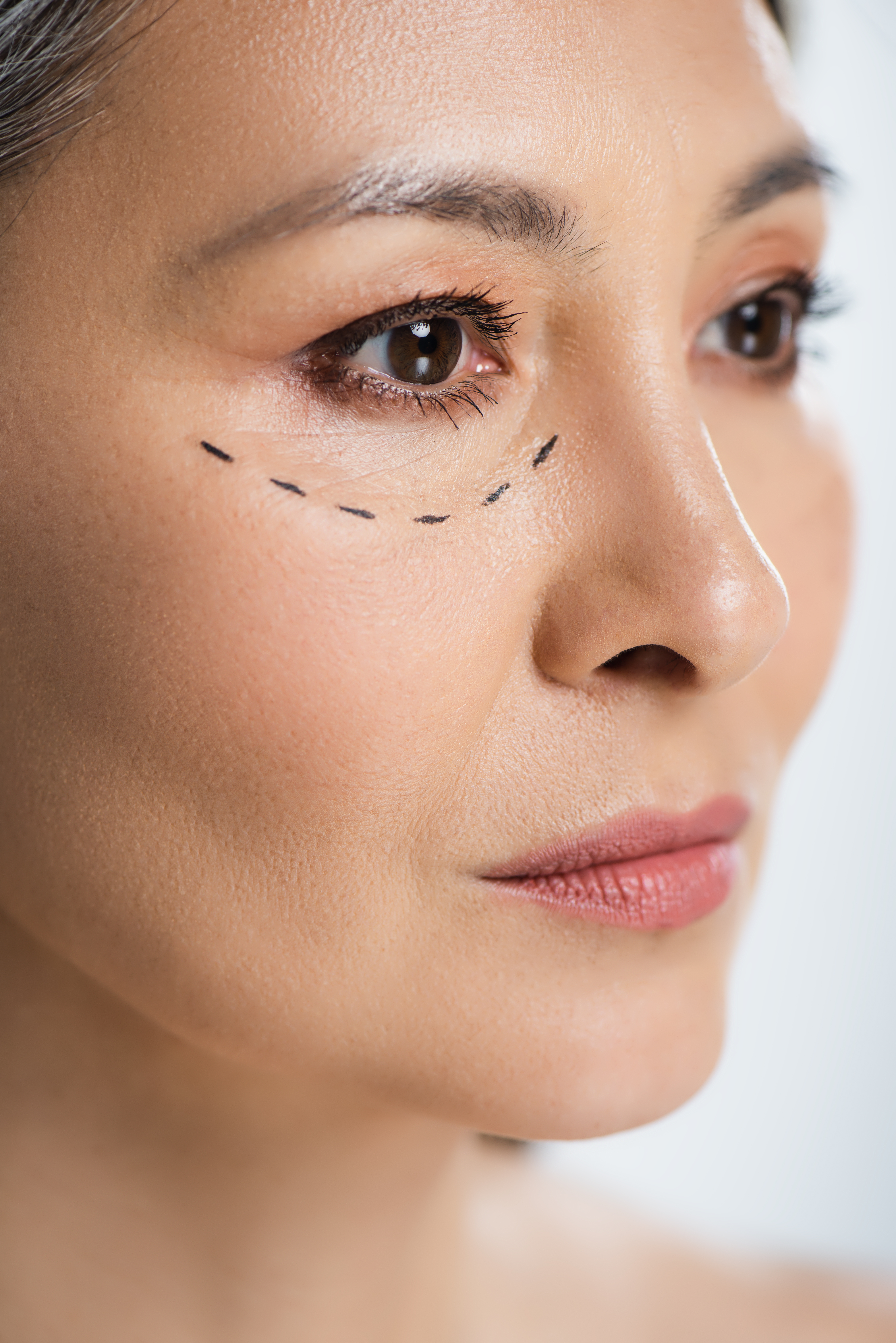Tears are vital for our eye health. Produced by the lacrimal glands, tears keep the eye moist, clean, and protected from external factors. However, in certain cases, blockages in the tear ducts prevent tears from flowing into the nasal cavity, resulting in persistent tearing, infections, and discomfort. The surgical method used to address this issue is called Dacryocystorhinostomy (DCR).
What is DCR (Dacryocystorhinostomy) Surgery?
DCR surgery is a procedure that surgically reopens blocked tear ducts, restoring the normal flow of tears. This surgery creates a direct connection between the lacrimal sac and nasal cavity, allowing tears to flow freely into the nose and resolving chronic tearing.
Who Needs DCR Surgery?
-
Individuals experiencing persistent tearing
-
Those with recurring lacrimal sac infections (dacryocystitis)
-
Patients suffering from chronic tear duct blockages
-
Patients who have not responded to previous treatments such as medication or probing
How is DCR Surgery Performed?
Dacryocystorhinostomy surgery can be performed in two ways:
Open DCR
Performed through a small incision on the skin. During surgery, a new direct pathway is created between the lacrimal sac and nasal cavity, usually involving the placement of a silicone tube. The operation typically lasts 30-45 minutes and can be performed under general or local anesthesia.
Endoscopic (Closed) DCR
Performed via the nasal cavity with the help of an endoscope (camera system). This method does not involve external incisions, leaving no visible scars. Endoscopic DCR offers advantages in terms of recovery and patient comfort.
Recovery After DCR Surgery
-
Mild swelling, bruising, or nasal congestion may occur in the initial days following surgery but typically resolve quickly.
-
Eye drops and medications prescribed by your doctor must be used regularly.
-
Avoid rubbing your eyes in the first few weeks and refrain from strenuous physical activities for the duration advised by your doctor.
-
If a silicone tube was used, it is generally removed easily 1-3 months after surgery.
What is the Success Rate of DCR Surgery?
Dacryocystorhinostomy surgery has a high success rate, averaging around 90-95%. Outcomes are particularly favorable when performed by an experienced specialist using appropriate techniques.
DCR surgery is a reliable and effective long-term solution for patients experiencing persistent tearing due to tear duct blockage. If you have symptoms of tear duct obstruction, you should consult an ophthalmologist to discuss this treatment option.









